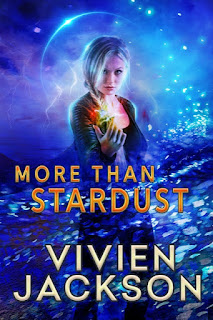That heady moment when you pick up a new book and leaf through the pages—maybe even stick your nose into them—checking out the back, cover and…the page count.
I know I’m not the only bookworm that does that. And before, as an oblivious bookworm, I never gave much thought to how long a book was beyond noting if it was too short—especially if I was holding a fantasy.
And there it is: your book's genre dictates its length.
Why is that? Maybe it’s a little bit chicken or the egg, but readers have expectations of how long a book is depending on what type they’ve picked up and the publishing industry—including agents—have word count expectations depending on what genre is being handed to them.
Wait…word count?! We were talking about book length—as in number of pages—right?
Readers look at book length in number of pages, but that’s not a standardized metric. Font, letter size, page size, they all factor in, so publishing looks at a manuscript in word count.
Word Count: estimated at 250 words per page
It’s fun math. You can pick up any book in your nightstand stack, peek at the last page, and multiply that by 250 (I’m reading a copy of GOOD OMENS which clocks in at 474…so that means it was a 118,500 word manuscript). I did an entire spreadsheet of books in varying genres when I was writing my first book to get the average for my genre.
Though let me tell you, there are easier ways to find the industry standards. Jeffe did a great post on Sunday listing generalized lengths to differentiate short story, novelette, novella, and novel. As for the differences in genres, let me help you by sharing my genre guide!
YA (not SFF) 50,000 to 80,000 words
Cozy Mystery 70,000 to 85,000 words
Horror/Mystery/Thriller/Suspense 70,000 to 90,000 words
YA Sci-fi Fantasy 70,000 to 100,000 words
Mainstream Romance 70,000 to 100,000 words
Historical Fiction 100,000 to 120,000 words
Sci-fi Fantasy 100,000 to 120,000 words
Yes, there are always exceptions. But there’s also always a reason for the rule. While discussing a fantasy book with my agent she mentioned that any word count over 120,000 bumps up into the next price level for binding (putting the physical book together). A good reason!
As you’re writing, or NaNoing, keep in mind reader attention spans and publishing expectations—even if you’re planning the self-pub route. When in doubt, 80,000 to 90,000 words is a good range to shoot for!Even Writer's Digest recommends 80,000 to 89,999 as the golden zone.
So...where does your book land?

















